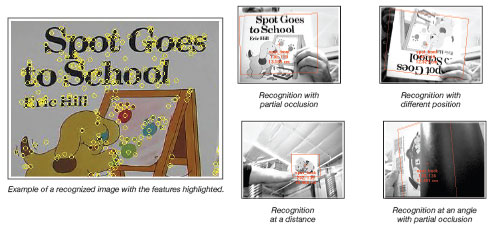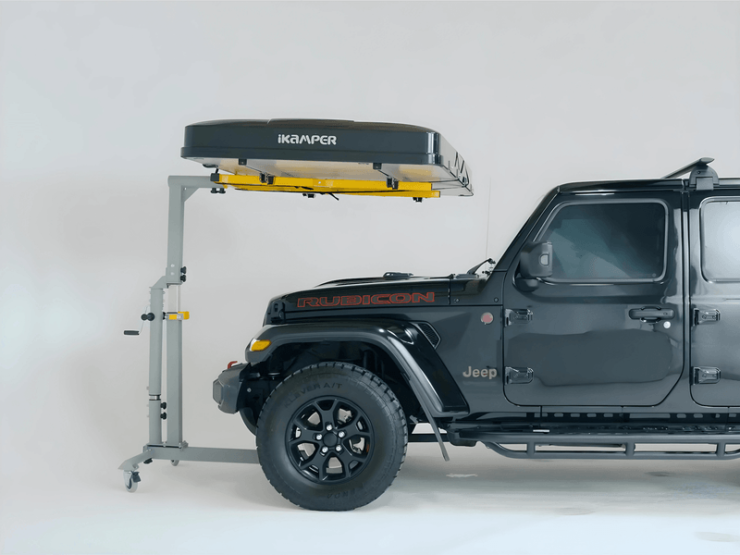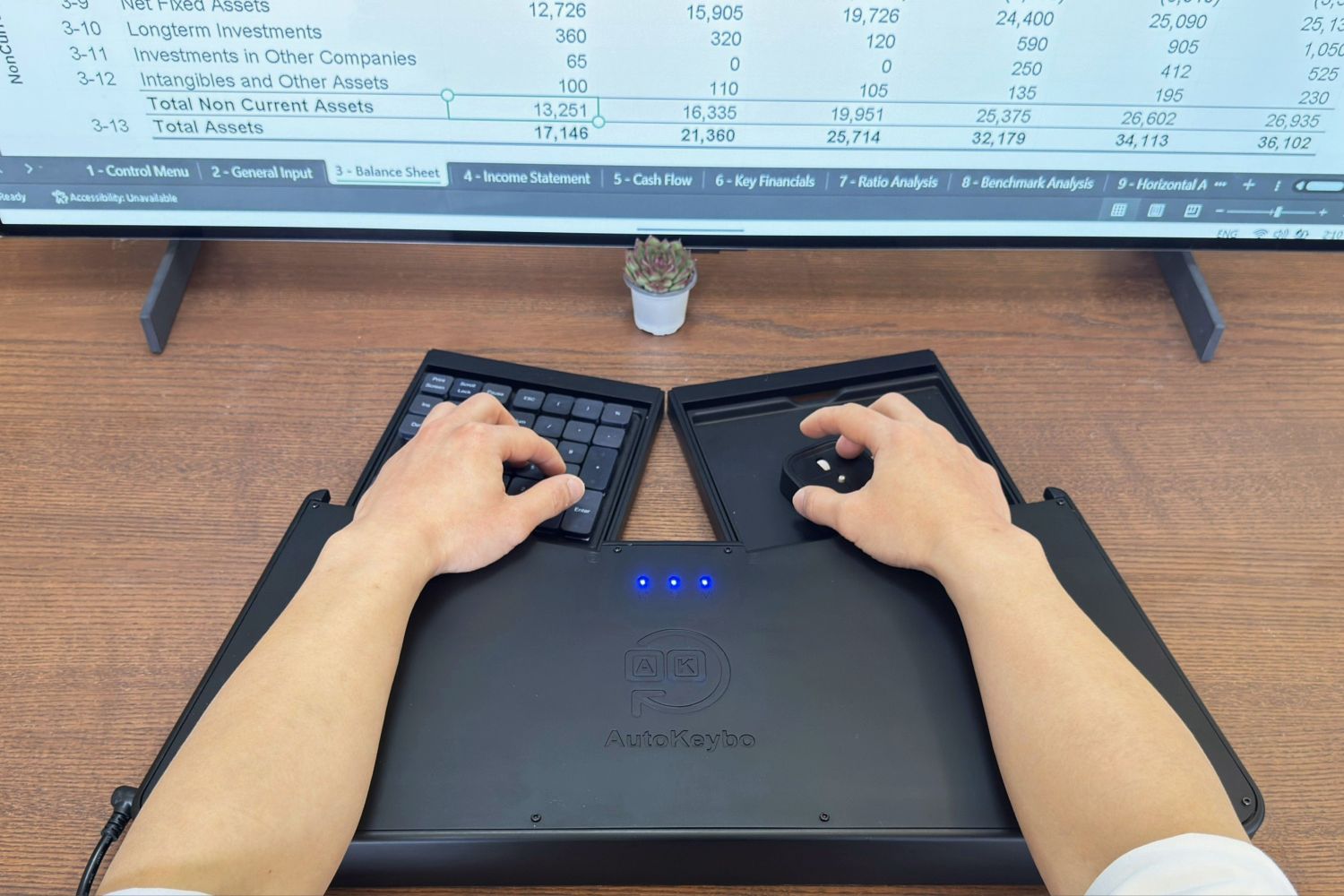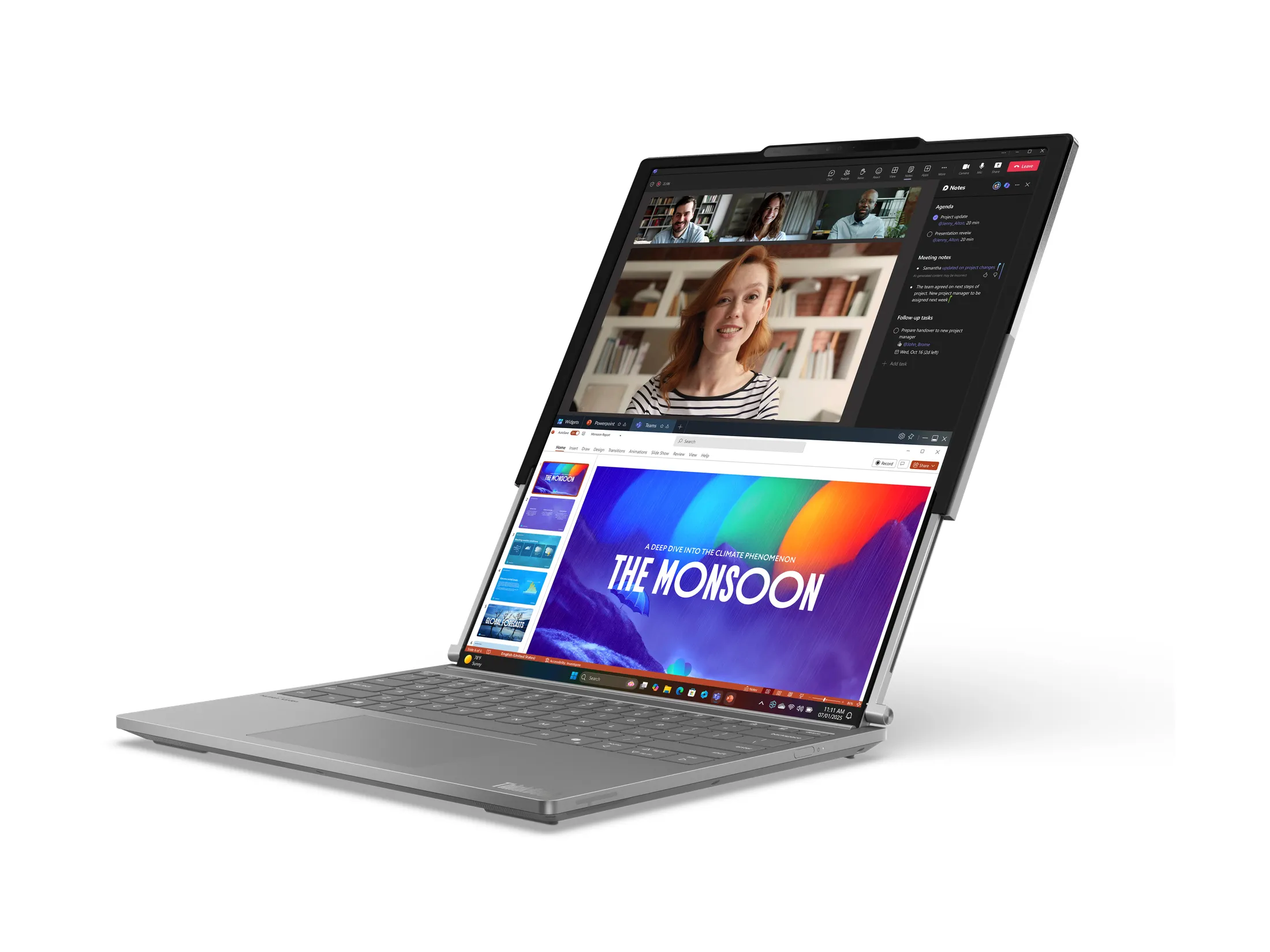
By Evan Ackerman
Even though the RoboDevelopment Conference was primarily about, well, robots, there was a lot of potential crossover technology that has huge applications for consumer electronics. One of the most impressive of these that I saw was the ViPR pattern recognition technology, under development by Evolution Robotics. ViPR uses a camera (like the one you probably have in your cellphone) to look for distinctive patterns in an image. For example, a piece of text would be a distinctive pattern of pixels that the software could then translate into a meaningful letter. But the technology goes way beyond that: whenever you see something, your brain is recognizing a distinctive pattern of light and saying “hey, that’s a tree!” or “hey, I’m in my living room!” Your brain can do this even if it’s seeing only a piece of an object, or seeing a place from a different perspective. ViPR is capable of making the same sort of inferences. It works with >80% accuracy at recognizing objects or places, even when it’s dark or when it has to deal with distortion. It can identify an object when up to 90% of the object isn’t visible. Basically, this lets electronics “see” in a meaningful manner, much in the same way that we do.
Applications for the ViPR system are everywhere. The military is using it to look for guys holding RPGs, since an RPG has a distinctive visual pattern that ViPR can identify, even if the RPG is being held at an angle and partially concealed at a distance in low light. Current commercial uses (in Europe, mostly) include ViPR acting as a tour guide on your cellphone: take a picture of a landmark, and your cellphone will recognize it and provide information. What I’d personally like to see is the integration of ViPR with Google Street View to provide a highly accurate urban pseudo-GPS system. All you would do would be to take a picture of where you were, the ViPR system would query Google’s Street View database and find a matching pattern, and you’d get your location back. Easy, right? Well, they’re working on it… They just need to get some major companies (cough Google cough) actively interested.










